Central to this endeavor lies the utilization of electric agriculture water pumps and their efficient priming methods for centrifugal pump systems. These components, often overlooked yet indispensable, play a pivotal role in ensuring reliable water supply to agricultural fields while mitigating resource wastage and environmental impact.
The significance of electric agriculture water pumps cannot be overstated. These pumps, driven by electricity rather than traditional fuel sources, offer numerous advantages ranging from reduced operational costs to lower carbon emissions. Their integration into agricultural practices represents a shift towards eco-friendly and economically viable solutions. However, maximizing their efficiency requires attention to detail, particularly concerning the priming process in priming pump for centrifugal pump setups.
Priming, in the context of centrifugal pumps, is the crucial step of removing air from the system and filling it with water to enable smooth operation. Traditional priming methods often involve manual intervention or the use of auxiliary equipment, which can be labor-intensive and time-consuming. However, innovative approaches tailored to electric agriculture water pumps have emerged to streamline this process, enhancing overall system performance.
One such technique gaining traction is the use of self-priming centrifugal pumps integrated with electric agriculture water pump systems. These pumps are designed with built-in mechanisms to automatically expel air and initiate water flow without external assistance. By eliminating the need for manual priming, they significantly reduce downtime and manpower requirements, thereby optimizing operational efficiency.
Furthermore, advancements in pump design and technology have led to the development of innovative priming mechanisms. Variable frequency drives (VFDs), for instance, enable precise control over pump speed and flow rate, facilitating smoother priming transitions. Additionally, the integration of sensors and automation systems allows for real-time monitoring of pump performance, enabling preemptive maintenance and troubleshooting.
In the realm of electric agriculture water pumps, priming efficiency goes hand in hand with water conservation. By less air entrapment and optimizing pump operation, these systems ensure less utilization of available water resources. This is particularly crucial in regions facing water scarcity or erratic supply, where every drop counts towards sustaining agricultural productivity.
Moreover, the adoption of electric agriculture water pumps equipped with advanced priming capabilities aligns with broader sustainability objectives. Reduced energy consumption, coupled with efficient water utilization, contributes to lower carbon footprints and enhanced environmental stewardship. As agriculture continues to evolve in the face of climate change and resource constraints, such initiatives pave the way for resilient and adaptive practices.
In conclusion, electric agriculture water pumps and innovative priming techniques hold immense potential for revolutionizing modern farming practices. By leveraging technology and ingenuity, these systems empower farmers to achieve higher levels of efficiency, productivity, and sustainability. As the agricultural landscape evolves, embracing these advancements will be instrumental in shaping a more resilient and prosperous future for generations to come.
Furthermore, the integration of electric agriculture water pumps with smart irrigation systems further enhances their effectiveness. By synchronizing pump operation with real-time data on soil moisture levels, weather forecasts, and crop water requirements, farmers can optimize water delivery precisely where and when it's needed. This precision irrigation not only conserves water but also improves crop yields and quality.
Additionally, ongoing research and development efforts continue to refine electric agriculture water pump technologies. From enhancing pump efficiency to exploring alternative energy sources such as solar power, these advancements hold promise for even greater sustainability and resilience in agricultural water management. By fostering collaboration between scientists, engineers, and farmers, we can harness the full potential of electric agriculture water pumps to cultivate a more prosperous and sustainable agricultural future.

 English
English русский
русский Español
Español
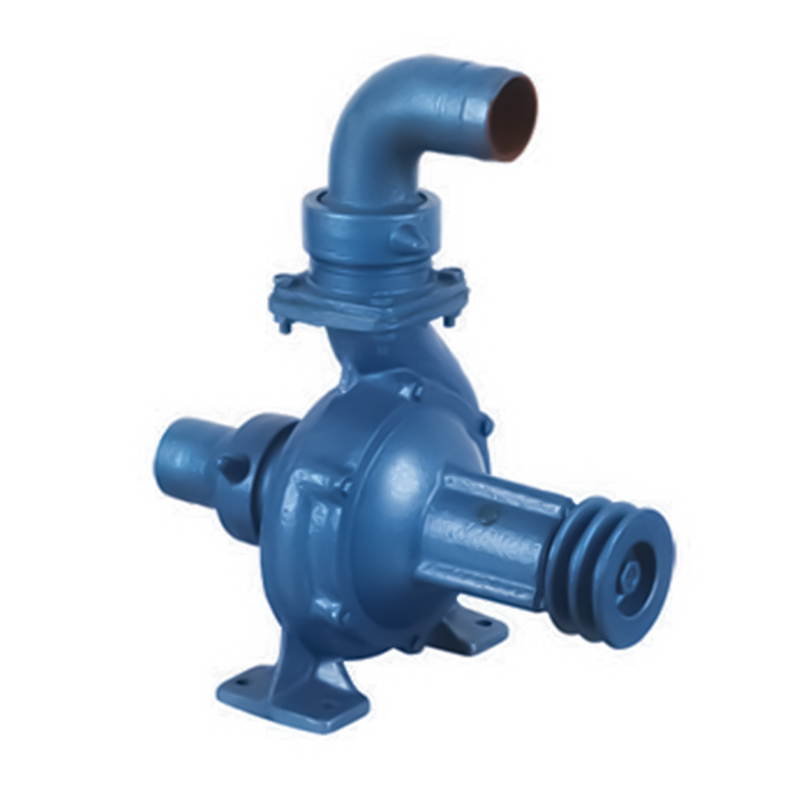
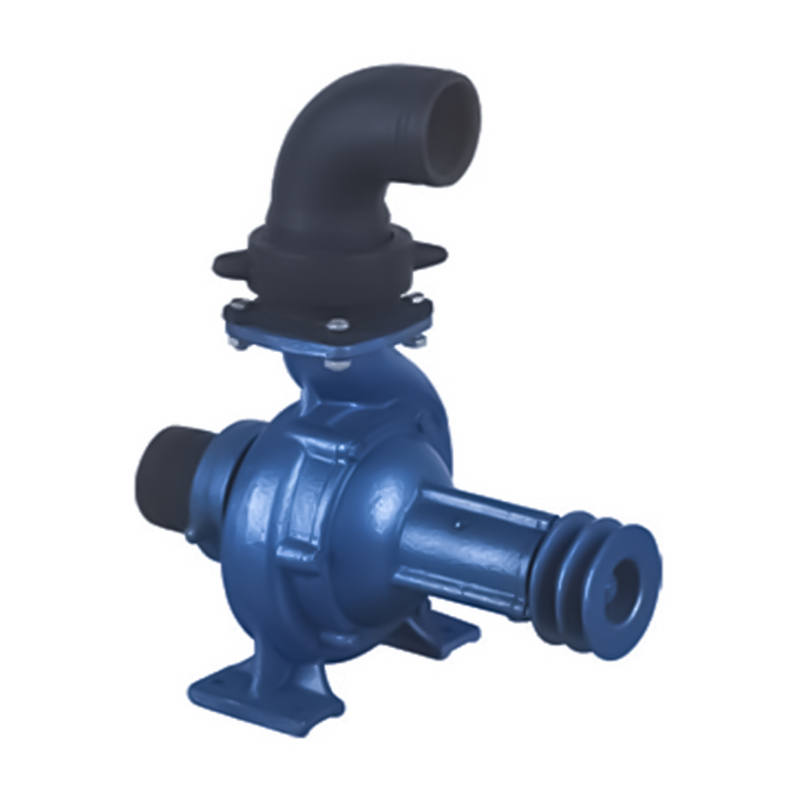

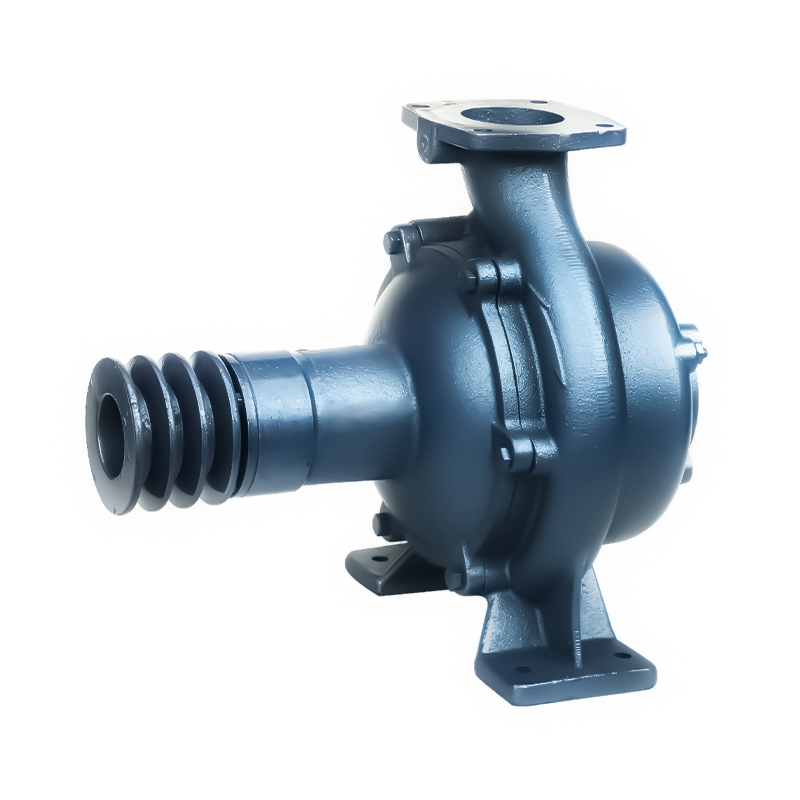
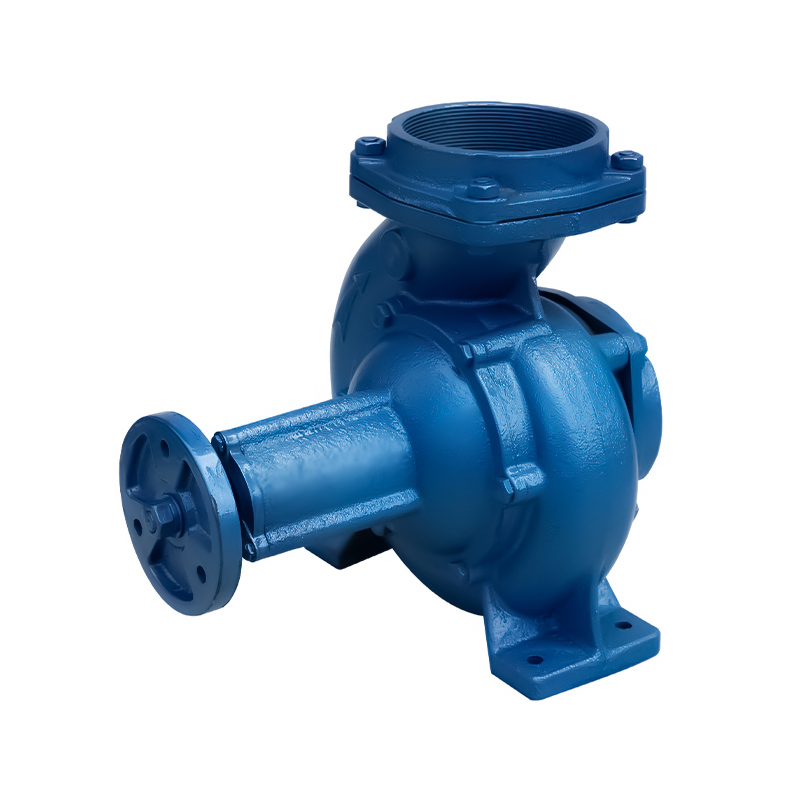
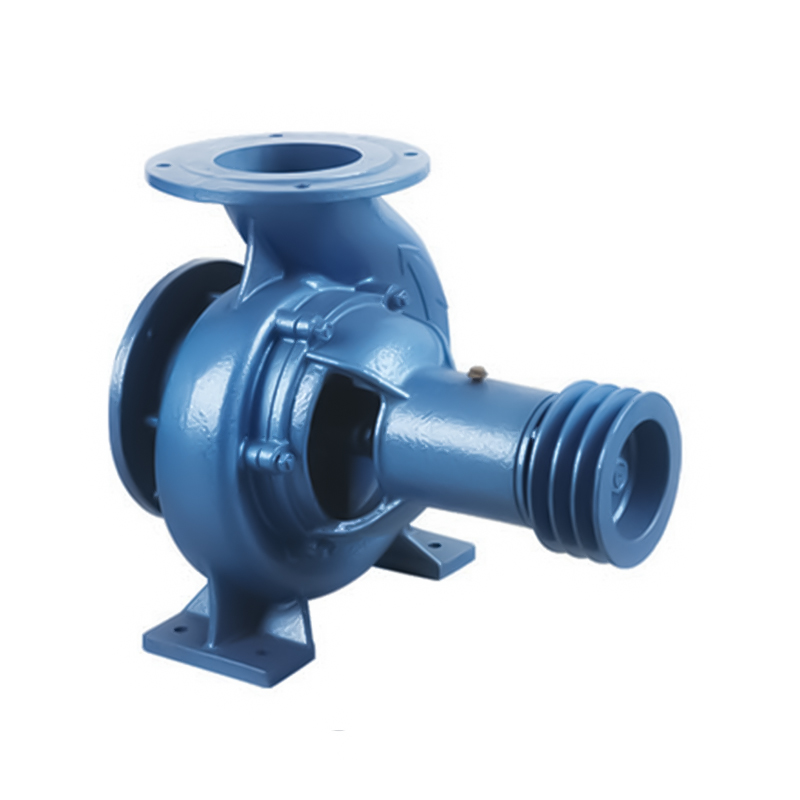
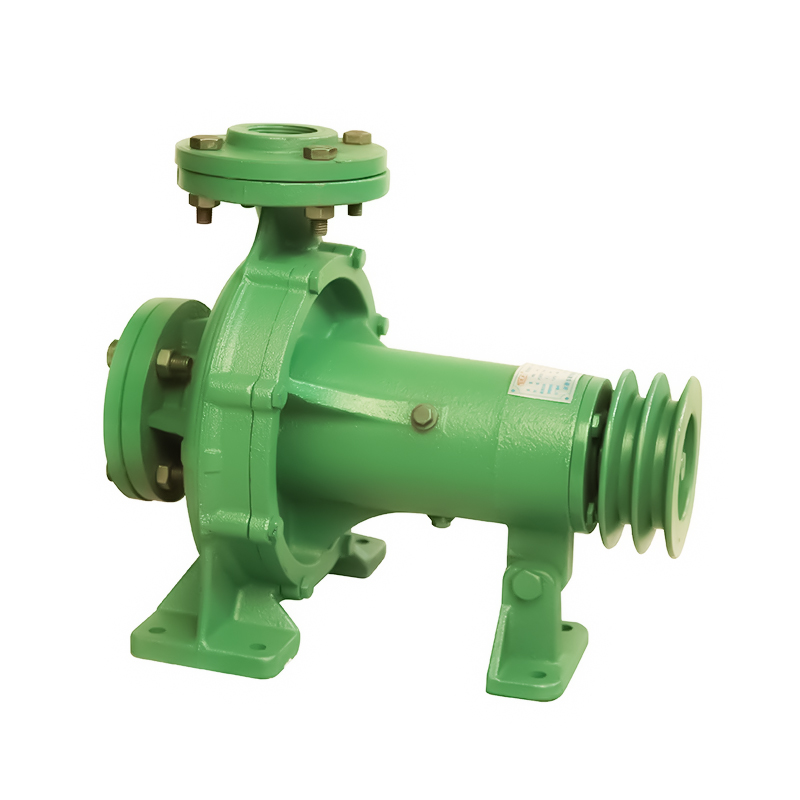

 Email:
Email:
 Phone:+86-13605899207
Phone:+86-13605899207

